Magnum photographers turn their lens on Swiss parliament
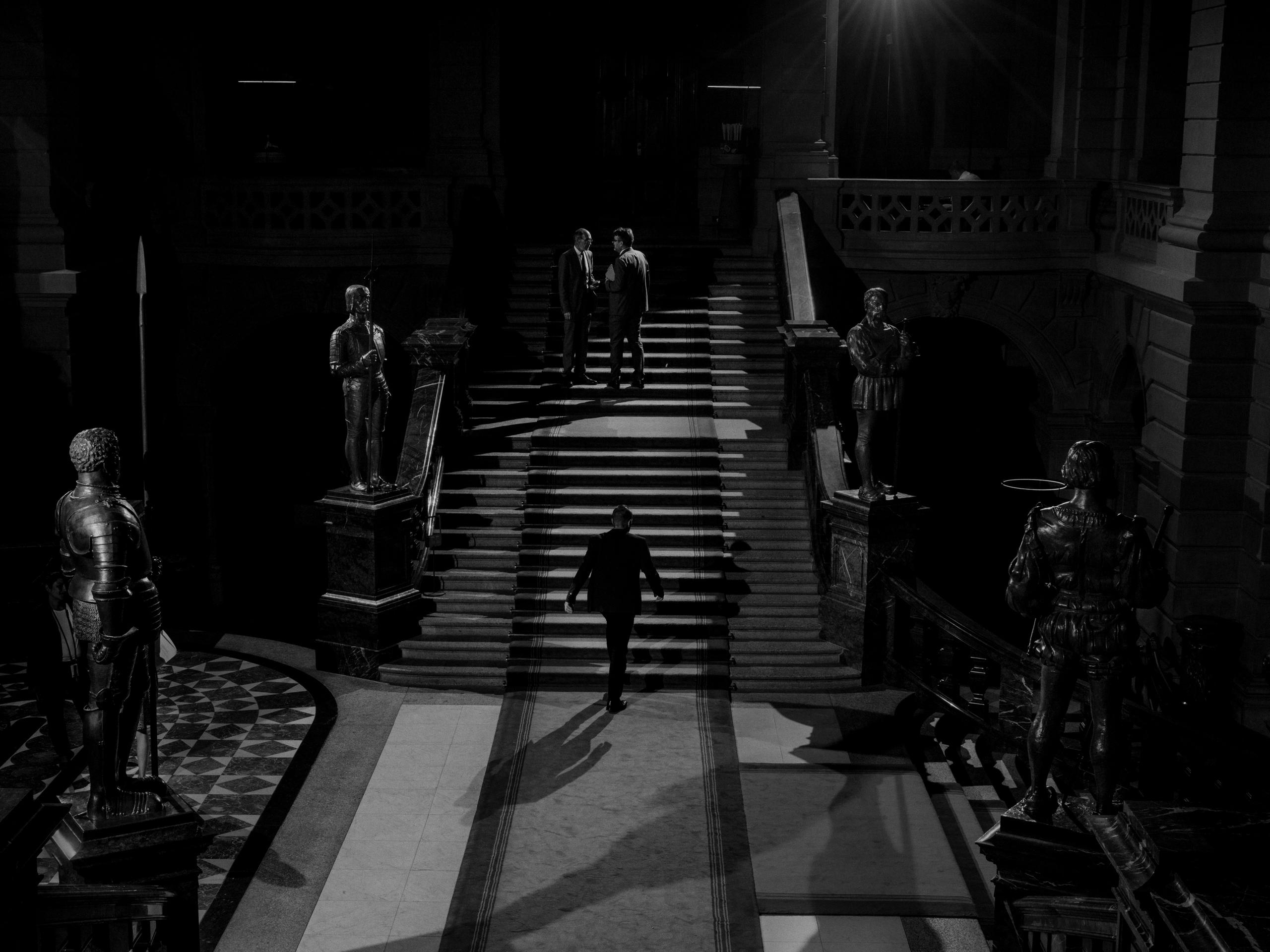
This year marks the 175th anniversary of the Swiss Constitution and the founding of the modern state. To celebrate the occasion, four photographers from the prestigious Magnum agency were given the assignment of documenting the workings of Swiss democracy inside the Swiss parliament.
Most revolutions in Europe failed in 1848, and the continent moved backwards again in history. But things were different in Switzerland: on September 12, 1848, Switzerland entered a new federal era with the adoption of a constitution, which laid down the principles of how the country would be run.
“It’s a birthday, so of course you take pictures,” says Spanish photographer Cristina de Middel, in a documentary in the photo exhibition “Session” at the Kornhausforum Bern.
To mark the 175th anniversary of the Constitution, four Magnum photographers were invited to take a fresh look at parliamentary work and were given unlimited access to the Federal Parliament building 24 hours a day for several weeks in June 2022.
Cristina de Middel, who is known for her work tackling difficult social issues like prostitution, says this open approach says a lot about “the transparency and trust in this country”. Her initial interest was not the Swiss parliament, however. She began by shooting the first constitution document from 1884 in the Federal Archives.
While an archivist in white gloves carefully handles the precious document, de Middel took photos of the red-bordered constitution using a special lens. In her images, the official document, complete with blemishes, looks like an object in need of restoration.
She also carried out a “quality control” photo-shoot in the Federal Parliament building and found small stains on the parliament floor, torn fabric on plush-covered chairs and dry houseplants.
For the Iranian photographer Newsha Tavakolian, the Federal Parliament seemed almost exotic. She began as a professional press photographer in Iran at the age of 16; at 18 she documented the student revolt of 1999. She usually works in more imponderable locations. Years ago, she photographed the war in Iraq. She doesn’t have much trust in politicians, she says.
She does not indulge in false admiration. Instead, her project explores the irritation that in the “most democratic country” Swiss women had to wait until 1971 until they got the right to vote at a federal level. At first, she resisted doing another women’s theme – in earlier projects she had accompanied female guerrilla fighters and Iranian singers – but she also saw it her job to look for herself inside the Swiss parliament.
Her photos of women contrast strength and exclusion. They show female politicians looking through partially glazed windows as if they were not allowed into the parliamentary chamber. But she also shows women talking on a phone in a portico and standing confidently in corners. In one image she focuses on the statues in the Federal Palace: women in rock form still serve as beautiful objects, while men are depicted as warriors and thinkers.
Fear of uneventfulness
Italian photographer Alex Majoli is also interested in the ideals of perfection in the parliament building: “Everything was perfect, almost untouchable. But a lot of things are made up.” He usually photographs wars or the suffering of refugees. In the documentary, he says it’s not easy producing ideas in a place like the Swiss parliament. “It’s not easy to be in the same place every day, to see the same people and come up with an extraordinary project,” he says.
His images of this place of power eliminate all elements of discretion and instead provoke drama, even from something simple like the counting of votes. You feel as if you are at a casino table of gamblers. Another photo of the staircase of the Federal Parliament has a majestic feel that was never intended.
Street photographer Alex Webb generally carried out his research for the project away from the parliament building. “Democracy doesn’t just happen in parliament, but on the streets,” he says. He wanted to show passers-by at Bern’s train station, but also politicians leaving parliament, to show both outside and inside.
The exhibition “Session” at Bern’s Kornhausforum can be seen until September 3, 2023. It is accompanied by the book “Session”, published by Sturm&Drang-Verlag 2023.

In compliance with the JTI standards
More: SWI swissinfo.ch certified by the Journalism Trust Initiative
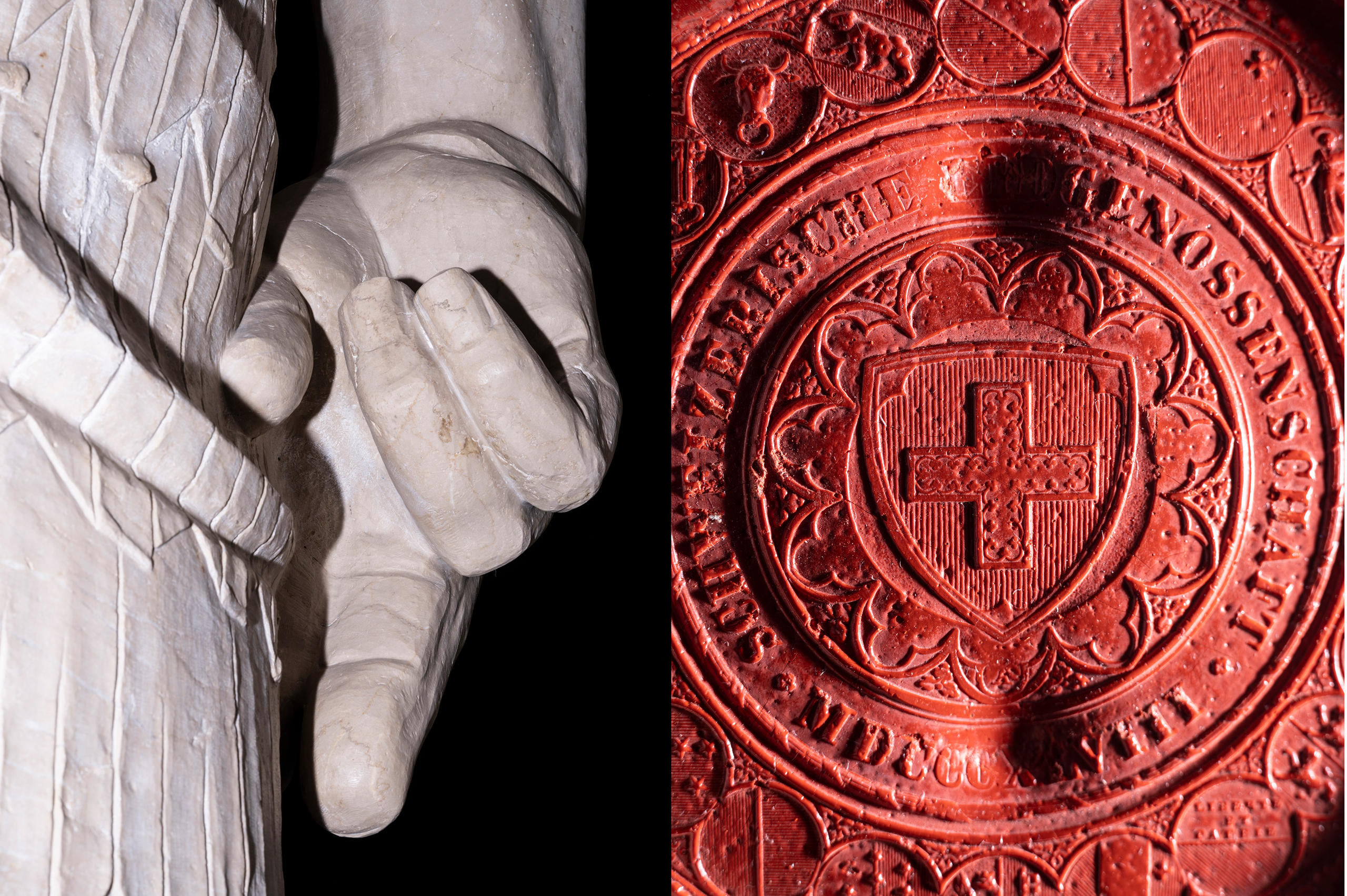





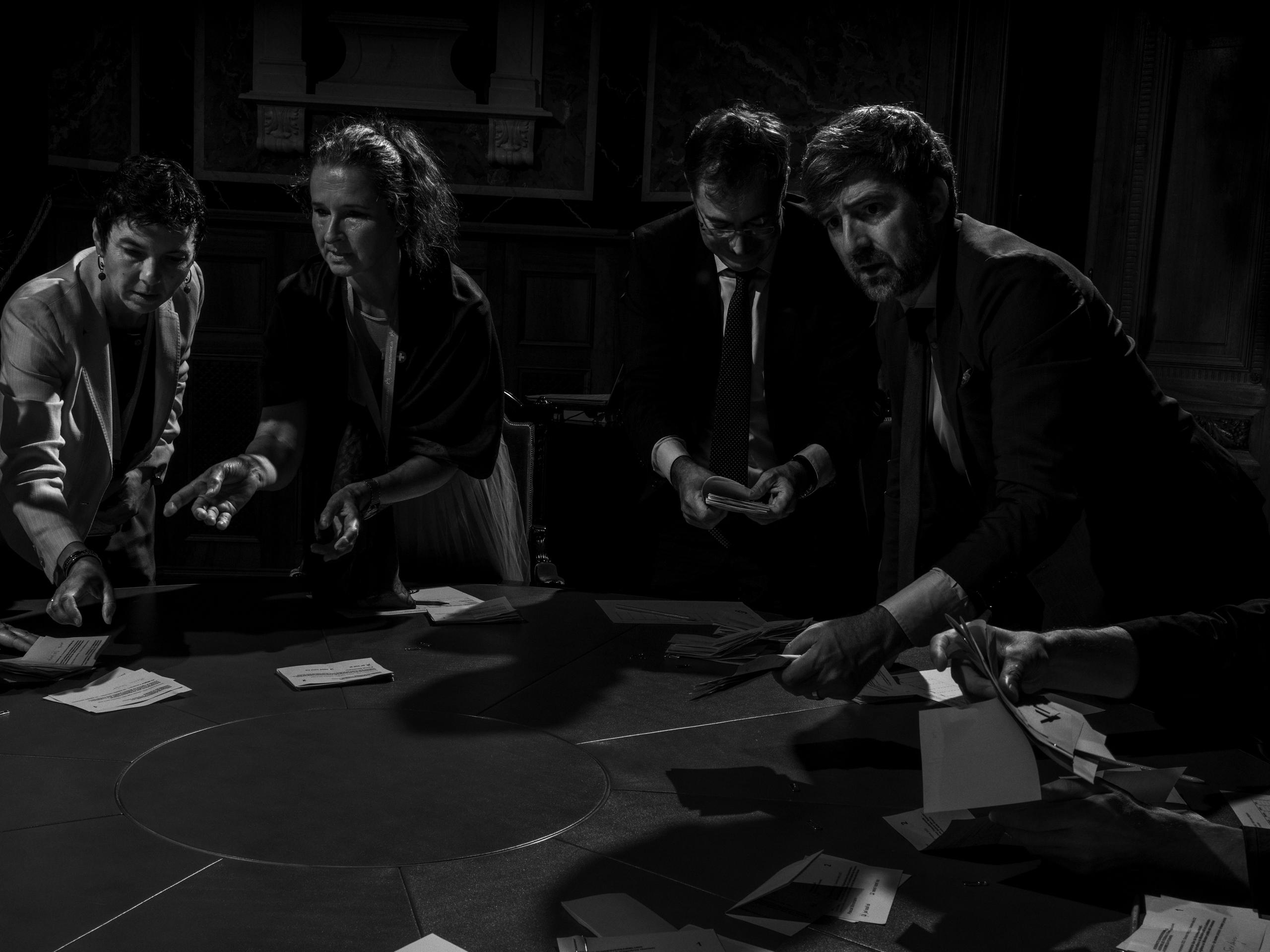

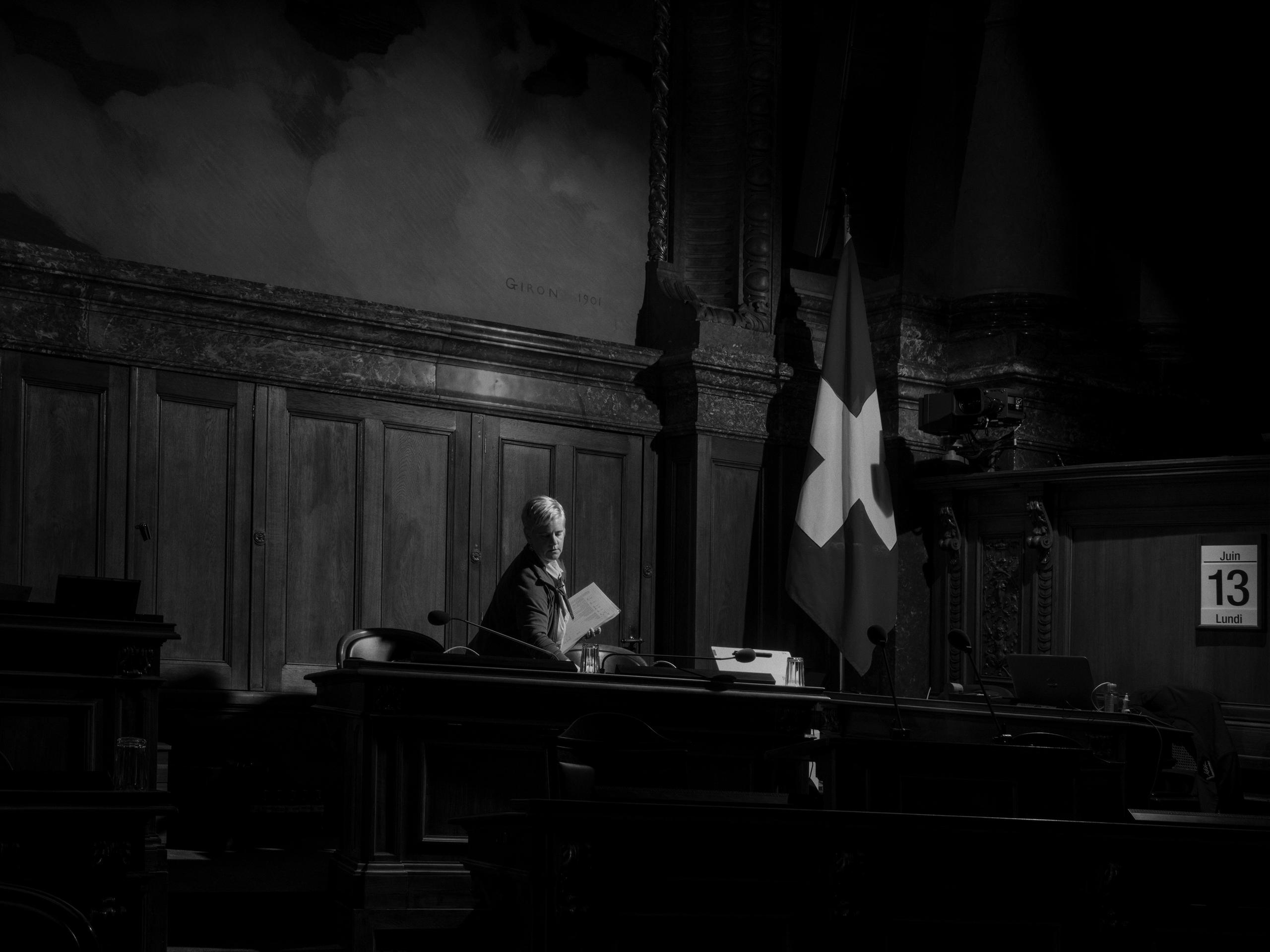
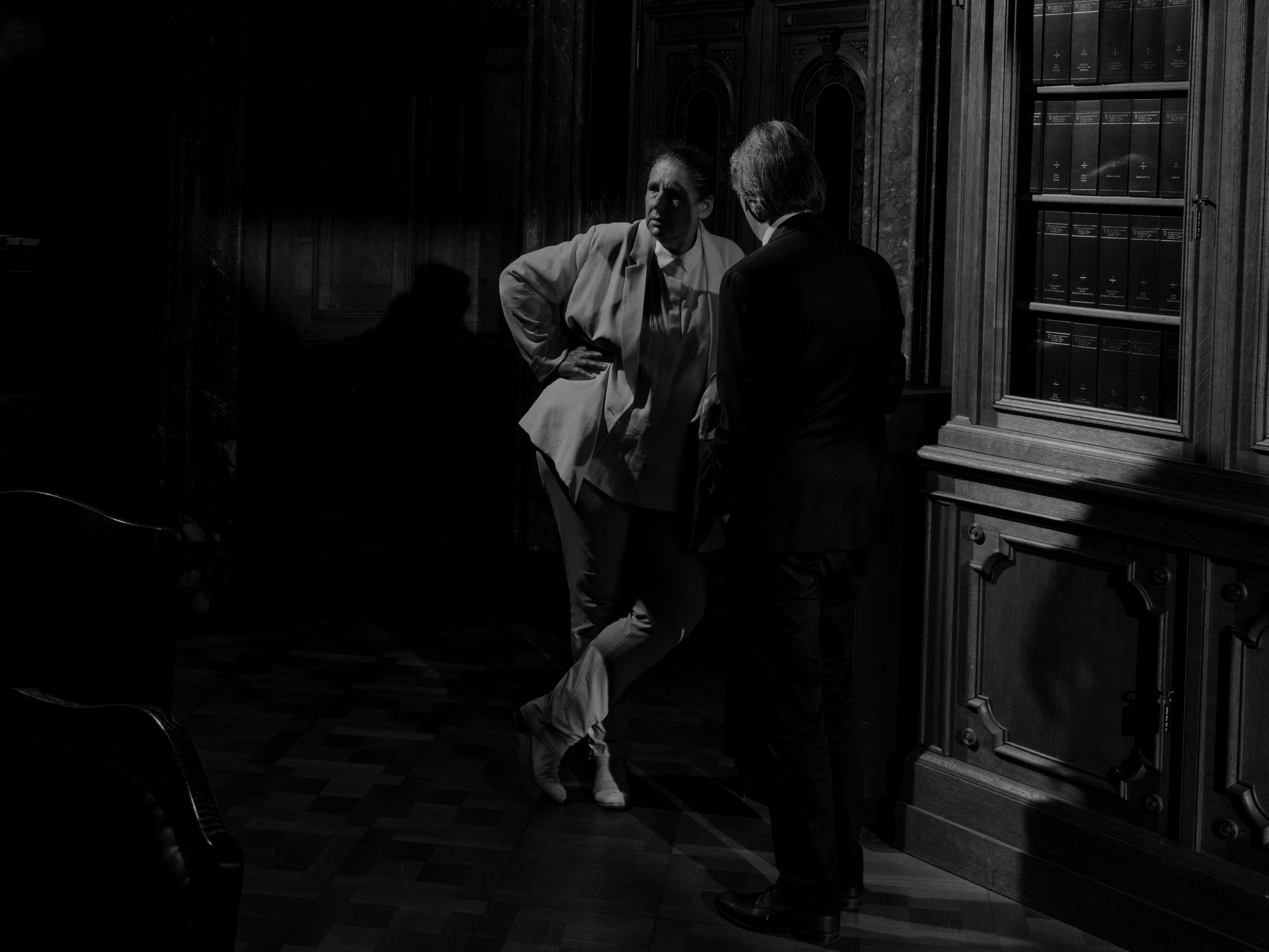







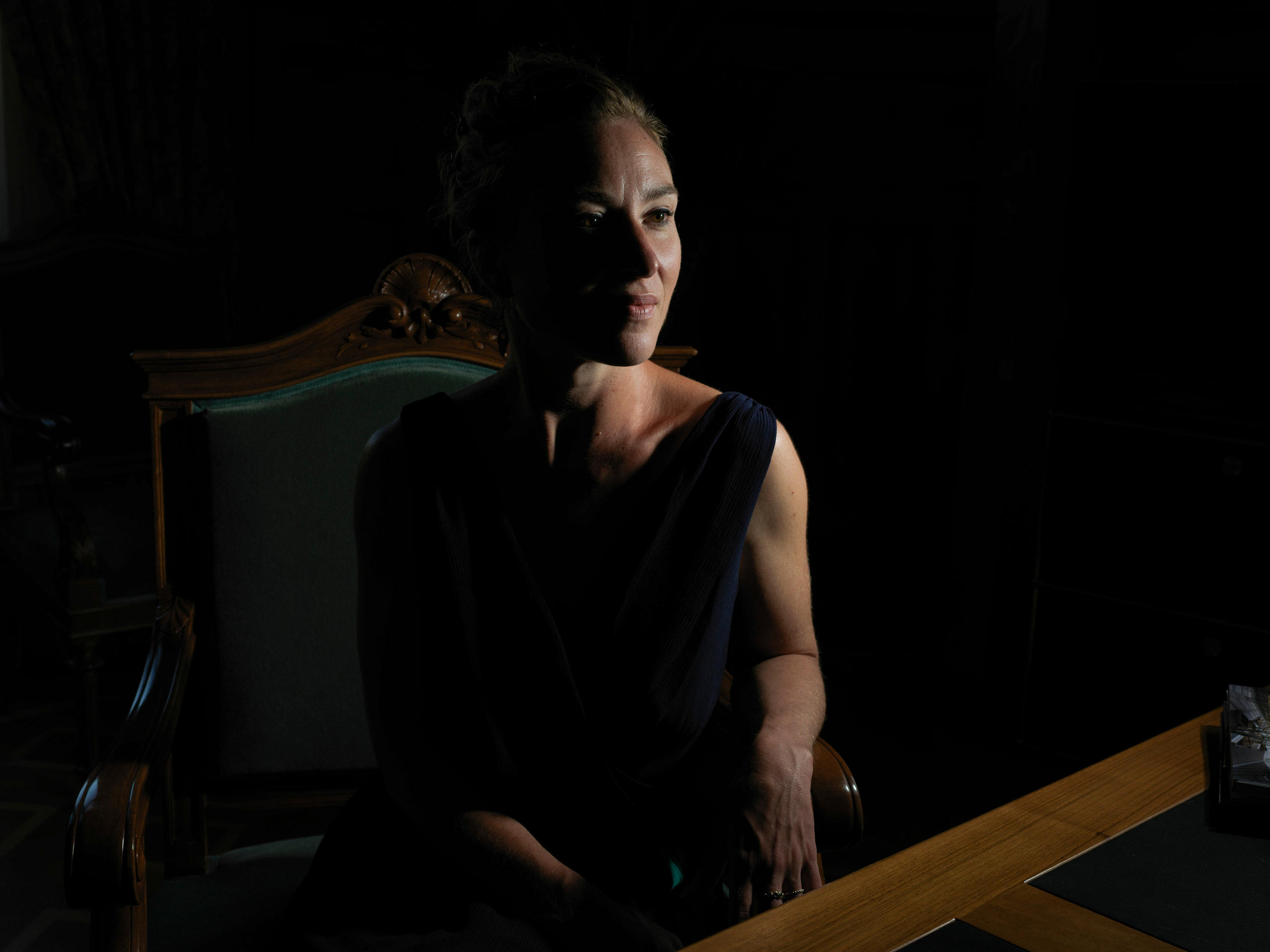
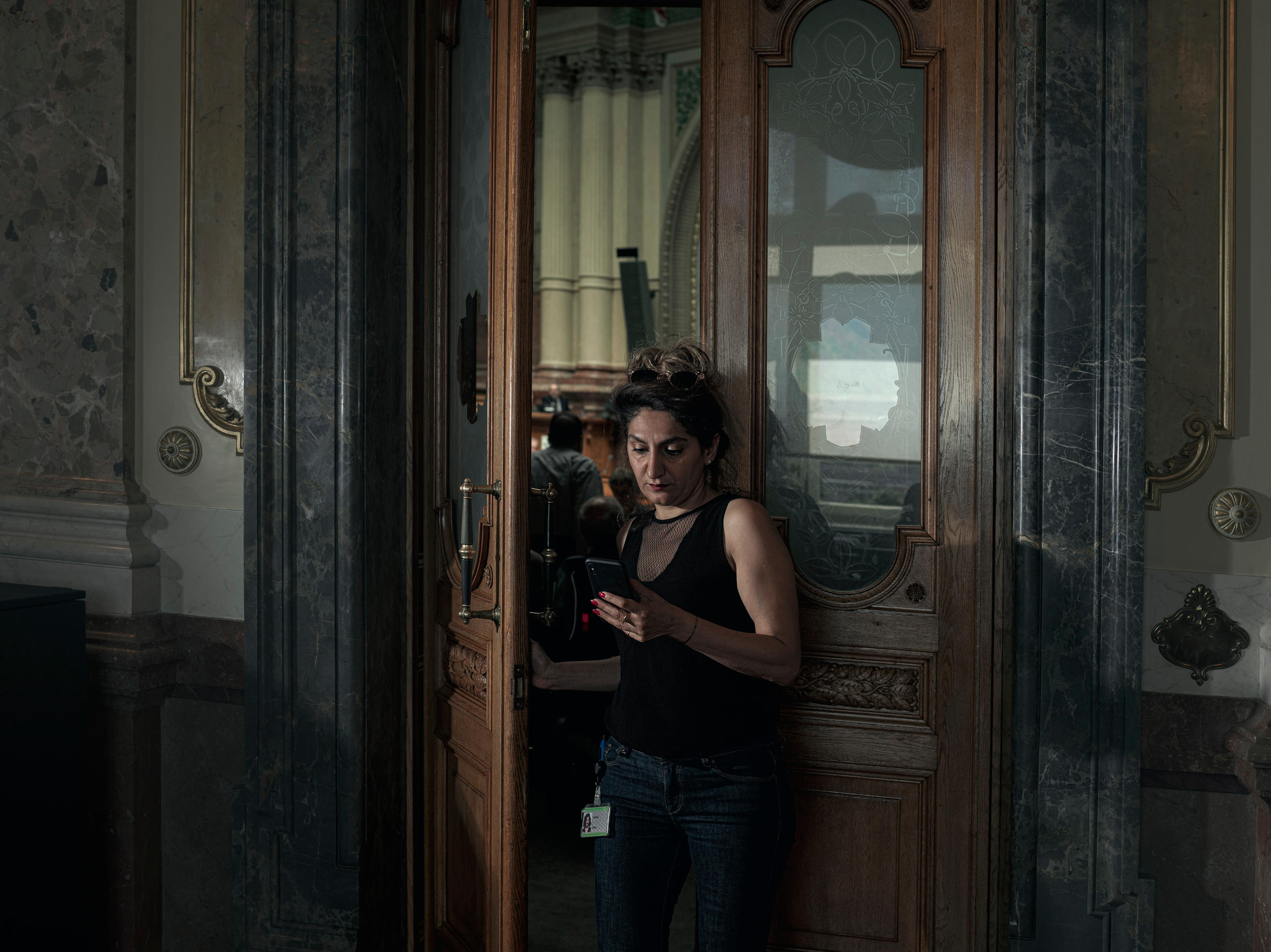





You can find an overview of ongoing debates with our journalists here . Please join us!
If you want to start a conversation about a topic raised in this article or want to report factual errors, email us at english@swissinfo.ch.